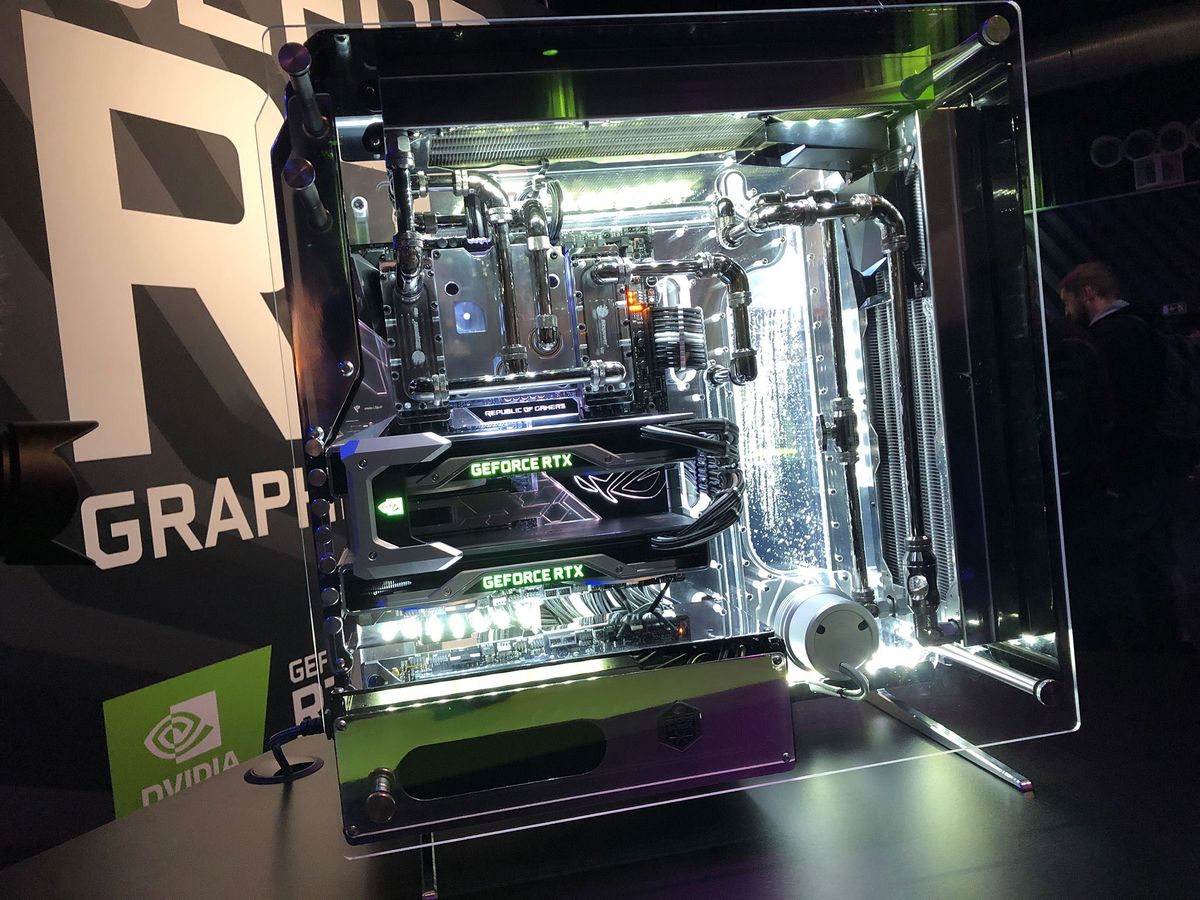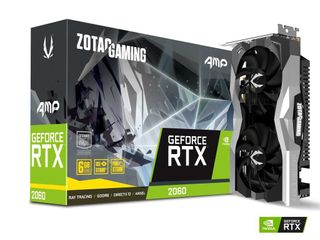V-Ray GPU can get speedups of 40 percent thanks to RTX support
V-Ray GPU now supports RTX hardware, bringing significant speed increases.

What you need to know
- V-Ray Next GPU now supports ray-tracing hardware within NVIDIA's RTX GPUs.
- RTX support is live in V-Ray Next for 3ds Max, update 3, and will arrive soon for Maya and other V-Ray products.
- This support brings an average speed increase of 40 percent, according to Chaos Group.
V-Ray's 3-D rendering software is an industry-standard tool for realistic 3-D image creation. It's used to render images of buildings, visual effects, and other graphically intense scenes. Now, V-Ray Next GPU supports ray-tracing hardware within NVIDIA RTX GPUs. This support brings an average speedup of 40 percent, according to Chaos Group.
Chaos Group breaks down the advantages of RTX support in a new post. V-Ray GPU was already able to render on NVIDIA RTX cards, but can now utilize the ray-tracing cores to speed up rendering. RTX support is already live for 3ds Max, update 3, and will roll out to Maya and other V-Ray products in the future.
According to Chaos Group, the final render of an image will look the same whether you elect to use the CUDA engine or the new RTX engine. Chaos Group points out that the speed increases that you'll see will vary on a number of factors, including how "heavy" shaders are within a project. The company states that the average speedup is about 40 percent.
In order to take advantage of RTX support, you'll have to make sure your device's drivers are up to date. You need driver 441.28 to use the RTX engine in V-Ray GPU.

A great GPU for 1440p and even some 4K gaming
RTX 20-series NVIDIA GPUs are powerful gaming cards. The RTX 2060 is the successor to the excellent GTX 1070, offering ray tracing and DLSS, among other features.
Black Friday buyer's guide: PC gaming monitors
Get the Windows Central Newsletter
All the latest news, reviews, and guides for Windows and Xbox diehards.

Sean Endicott is a tech journalist at Windows Central, specializing in Windows, Microsoft software, AI, and PCs. He's covered major launches, from Windows 10 and 11 to the rise of AI tools like ChatGPT. Sean's journey began with the Lumia 740, leading to strong ties with app developers. Outside writing, he coaches American football, utilizing Microsoft services to manage his team. He studied broadcast journalism at Nottingham Trent University and is active on X @SeanEndicott_ and Threads @sean_endicott_.